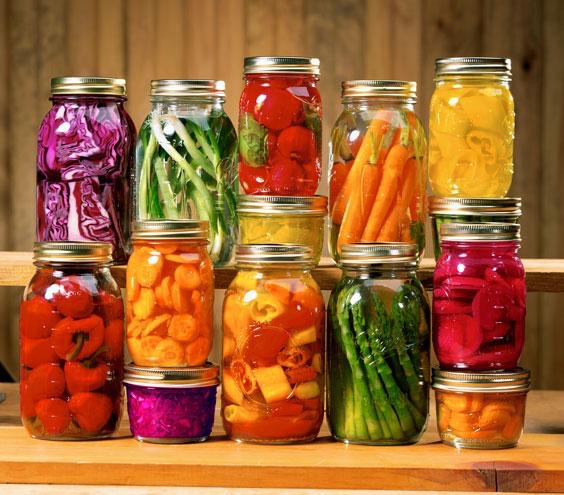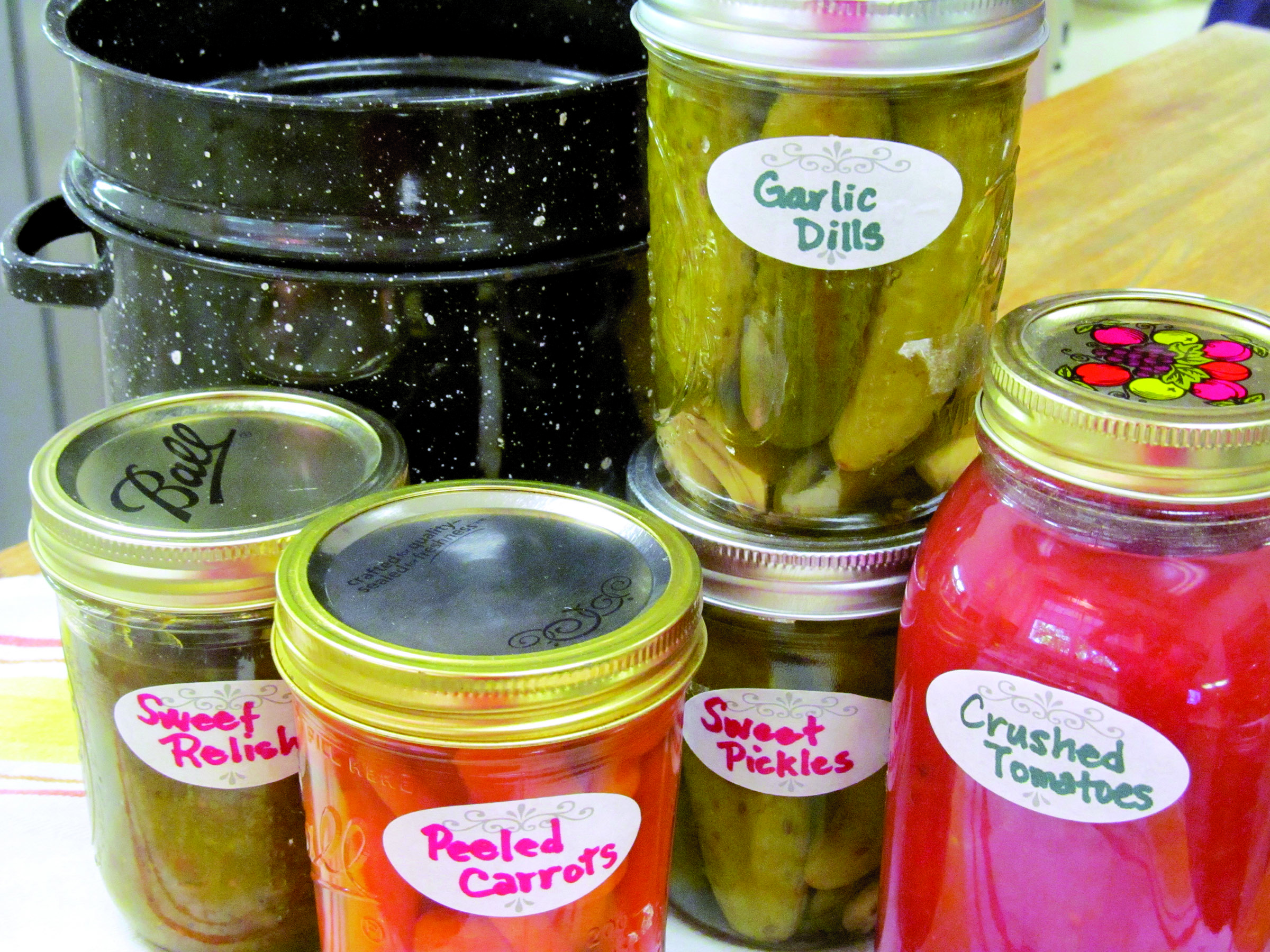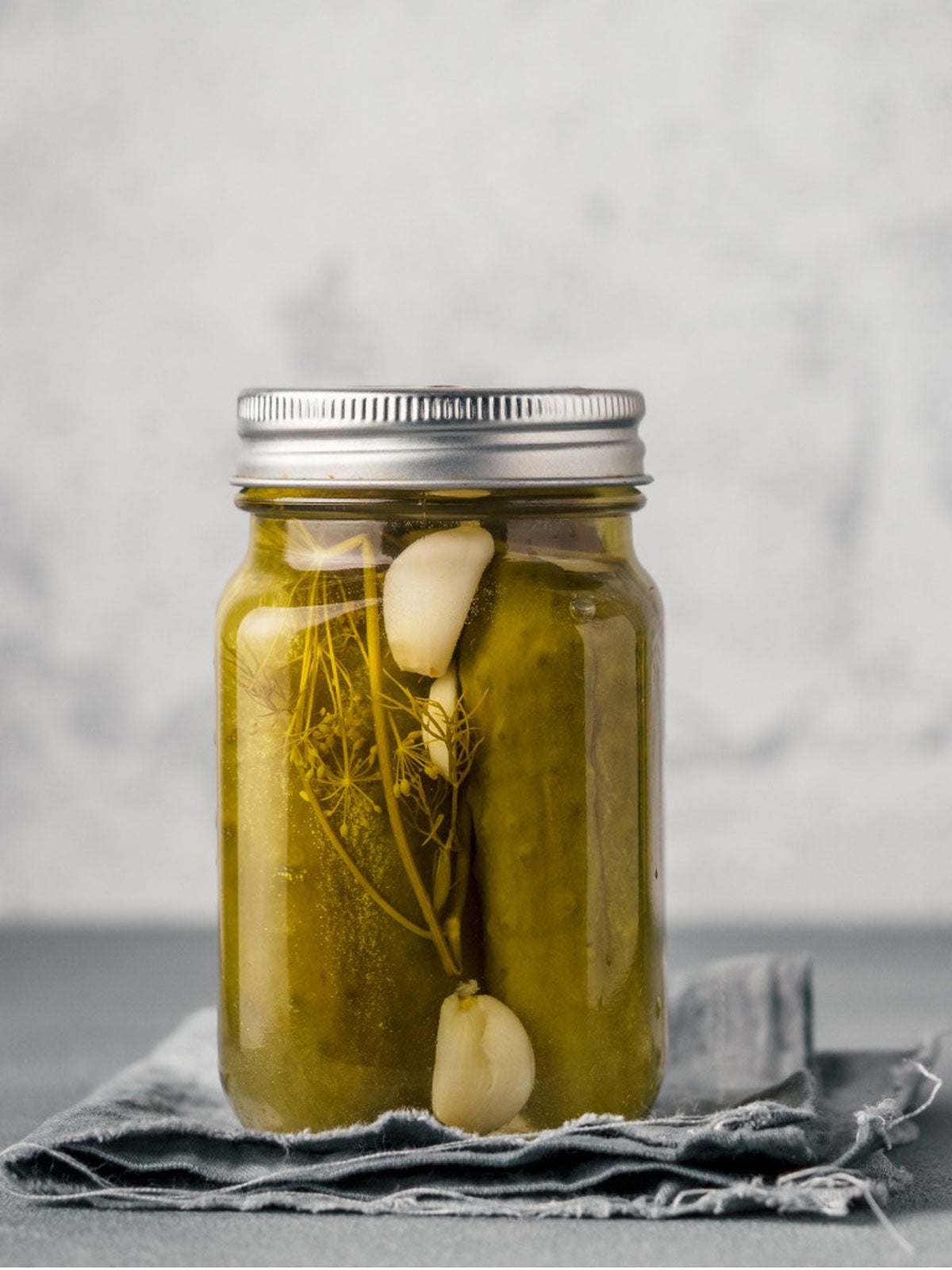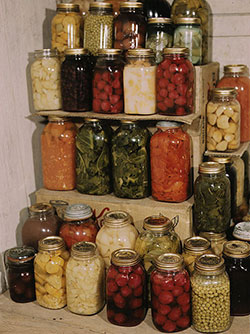Preservation of fruits and vegetables is the process of extending the shelf life of produce by using various methods to prevent or slow down spoilage. This is an important aspect of food production and distribution, as it allows for the storage and transportation of produce over long distances and for longer periods of time.
There are several methods that can be used to preserve fruits and vegetables, including canning, freezing, drying, and pickling. Canning involves the use of heat to sterilize the produce and sealing it in a jar or can to prevent the entry of air and microorganisms. This method is particularly effective for preserving high-acid fruits, such as tomatoes and berries, as well as vegetables such as green beans and corn.
Freezing is another popular method of preserving produce, and it works by slowing down the activity of microorganisms and enzymes that cause spoilage. Frozen fruits and vegetables can be stored for several months, although they may lose some of their texture and flavor upon thawing.
Drying is a method that has been used for centuries to preserve a wide variety of fruits and vegetables. This process involves removing the moisture content of the produce, which inhibits the growth of microorganisms and enzymes that cause spoilage. Dried fruits and vegetables can be stored for long periods of time, and they can be rehydrated for use in cooking or snacking.
Pickling is a method of preserving produce that involves the use of vinegar or other acidic solutions to create an inhospitable environment for microorganisms. Pickled fruits and vegetables can be stored for several months, although they tend to have a strong, tangy flavor that may not be to everyone's taste.
In addition to traditional methods of preserving produce, there are also newer technologies that are being developed to extend the shelf life of fruits and vegetables. For example, modified atmosphere packaging involves the use of gases to alter the atmosphere around the produce, which can inhibit the growth of microorganisms and slow down spoilage. Other techniques, such as irradiation and the use of natural antimicrobials, are also being explored as ways to extend the shelf life of produce.
Overall, the preservation of fruits and vegetables is an important aspect of ensuring a steady supply of fresh produce for people around the world. By using various methods to prevent spoilage, we can extend the shelf life of produce and make it more widely available to consumers.







